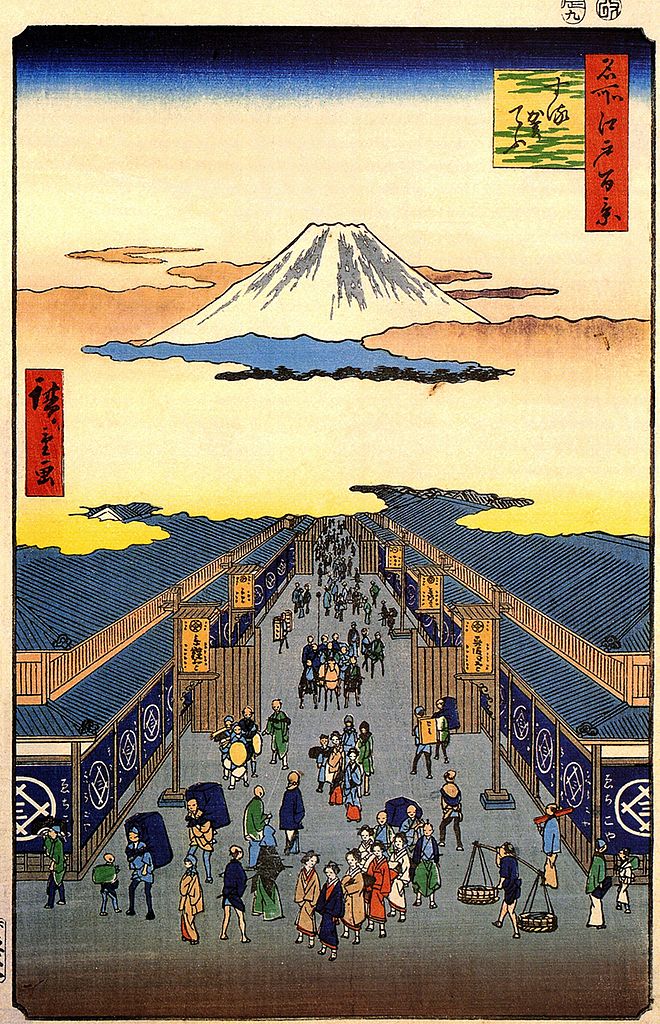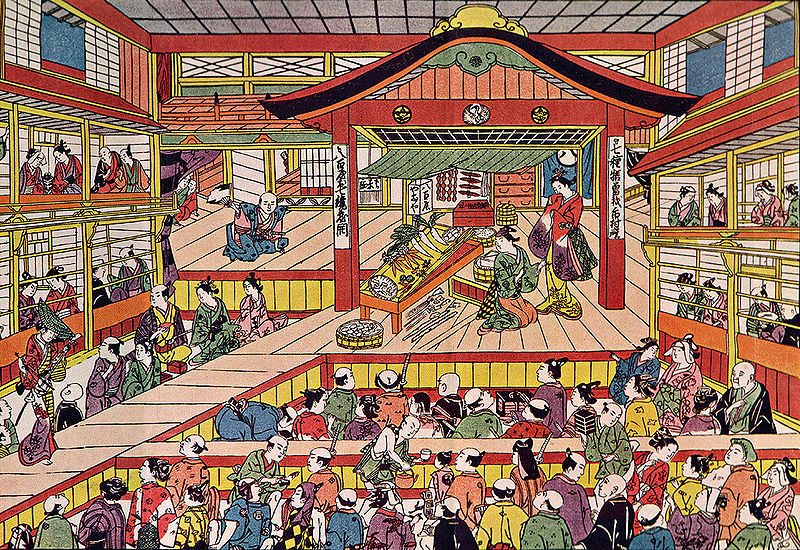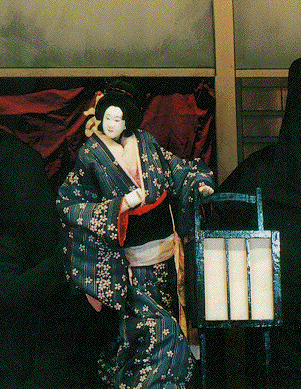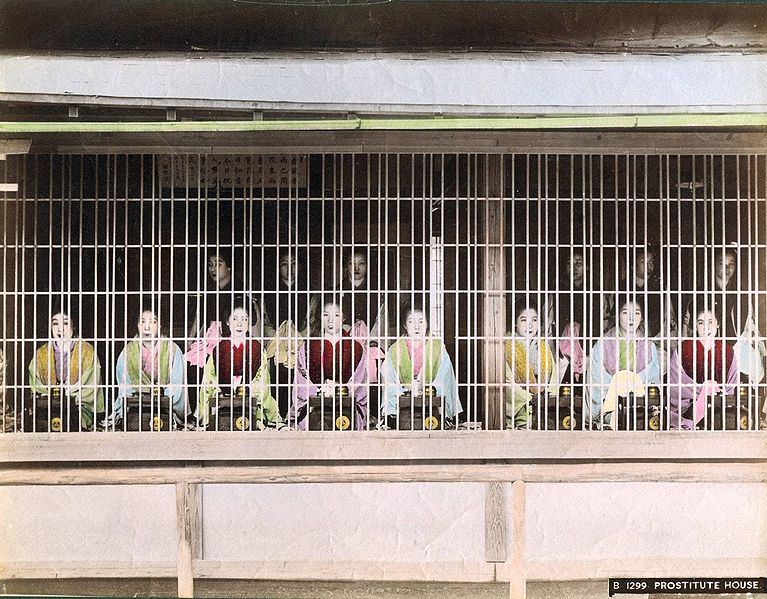This week, we’ll be discussing the life of your average city-dweller in Edo Japan. This is a huge topic, and a fun one as well. Among the exciting things we will be discussing today:
- Schooling in the Edo Period (mostly just for samurai, but since it was based mostly on rote memorization you wouldn’t be missing out on much)
- The life of merchant families (often boiled down to ‘make money and damn the rest’)
- Entertainment of the period, from kabuki to the seedy world of prostitution (not that there was much of a distinction between the two)
- And other forms of flagrant immorality!
I had a lot of fun writing this episode, and I hope you enjoy listening to it!
Direct link to the show is available here.
Sources
Jansen, The Making of Modern Japan
Hanley, Everyday Things in Premodern Japan.
Iwasaki, Mineko. Geisha: A Life. New York: Washington Square Press, 2003.
Takeda, Izumo; Miyoshi, Shoraku, and Senryu, Namiki. Chushingura. Trans. Donald Keene. New York: Columbia University Press, 1971.
Media (Courtesy Wikimedia Foundation unless otherwise specified)





[youtube http://www.youtube.com/watch?v=67-bgSFJiKc&w=420&h=315]
The above video was put together by UNESCO, and contains a description of the history of kabuki as well as recordings of modern performances.
[youtube http://www.youtube.com/watch?v=kEUQNvn8EJQ&w=420&h=315]
Also from UNESCO, this video should give you an idea of how Bunraku shows are performed. Pay special attention to the way the puppets are manipulated; it’s all very impressive!
Hey, Isaac! I only recently stumbled on this excellent podcast, and so just now listened to this episode. I found the bit about white rice killing that one government official fascinating, and actually kind of enlightening, but also would like to point out something. It’s not a glaring error (or even really an error at all), but in talking about it you say it’s the only instance you know of where dietary preferences have brought down a government. In fact, my APUSH book (and, tangentially, the book “American Colonies” by Alan Taylor) mentions the extremely bean-heavy diet of a certain early American civilization resulting in vulnerability to draught, and also from their bones extremely malnourished inhabitants and disease, both of which likely led to their sudden (but officially unexplained) downfall. I can’t remember for certain which group this was, but I think it was the Hohokam. In any case, fantastic podcast. I can’t wait to keep listening.
Phillip,
You know, that sounds familiar from somewhere; thanks for pointing it out! You’re right, I did totally miss that!
I hope you continue to enjoy the show!